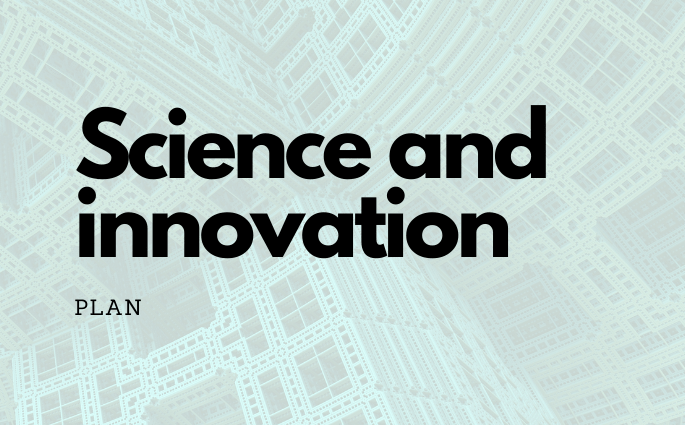Governments cannot simply buy innovation. Innovation occurs when the right conditions exist; groups of educated and entrepreneurial individuals working in an environment conducive to new ideas are incentivised to bring these ideas into new ways of doing things.
Looking at historical precedents we see that government can successfully foster innovation by defining the right policy settings and carefully selecting targeted enabling investments. These enabling investments can have massive economic multiplier effects when they stimulate private investment.
This is especially true for new technologies such as electric vehicles and hydrogen fuel applications, where there is a chicken and egg problem: people won’t buy the products until the enabling infrastructure exists, and private investors are unwilling to risk financing and building the required infrastructure without knowing there will be customers. This is where the support of government can be crucial.
By providing incentives, government can achieve a high return on investment and stimulate the growth of new industries.
The Government’s Australia 2030: Prosperity Through Innovation Plan identifies 5 strategic policy imperatives in its innovation strategy; education, industry, government, R&D and culture & ambition. These may be relevant areas, however commitment to this plan has been patchy, largely lip service. With the Government now promoting a gas-led recovery, it is clear they are looking to the dirty industrial economy of the past, not an innovative clean economy of the future.
The COVID-recovery is an opportunity to stimulate the transformation of the economy from the bottom-up, channeling the national mobilisation that took place during the world wars. We need a Transformational New Deal which drives the transformation from fossil fuels to renewable energy + storage, with the electrification of transportation, heating, and industrial processes.
To do this, we propose the following enabling investments and supporting measures:
Target 100% decarbonisation of transportation by 2050
- An immediate $240m investment to electrify 500 metropolitan commuter buses (as recommended in the WWF’s renewable stimulus plan). This will stimulate demand for the local lithium industry, driving private investment in our nascent lithium industry and position Australia to provide electric buses to Indonesia and other markets
Re-design urban transport corridors to encourage e-bikes and other small EVs
Provide grants to reduce energy costs for critical manufacturing
- $220m in investment grants to support energy system modernisation for up to 1,000 Australian manufacturers, substantially lowering their energy costs
Switch all residential gas heating and cooking to electric systems by 2030
Expand Australia’s support for green hydrogen under the existing $300m Advancing Hydrogen Fund, including participation in hydrogen electrolysis and storage pilot projects

